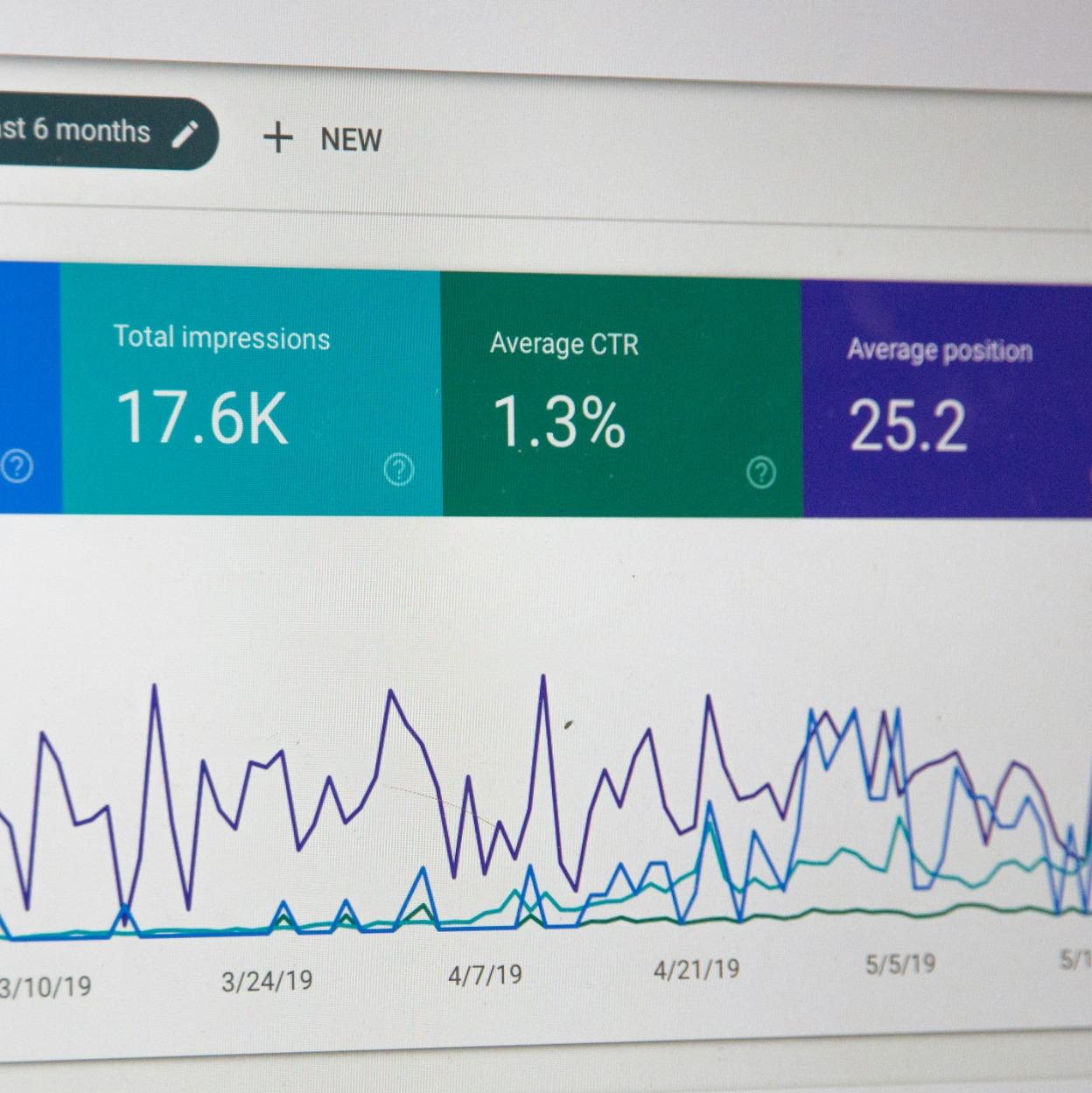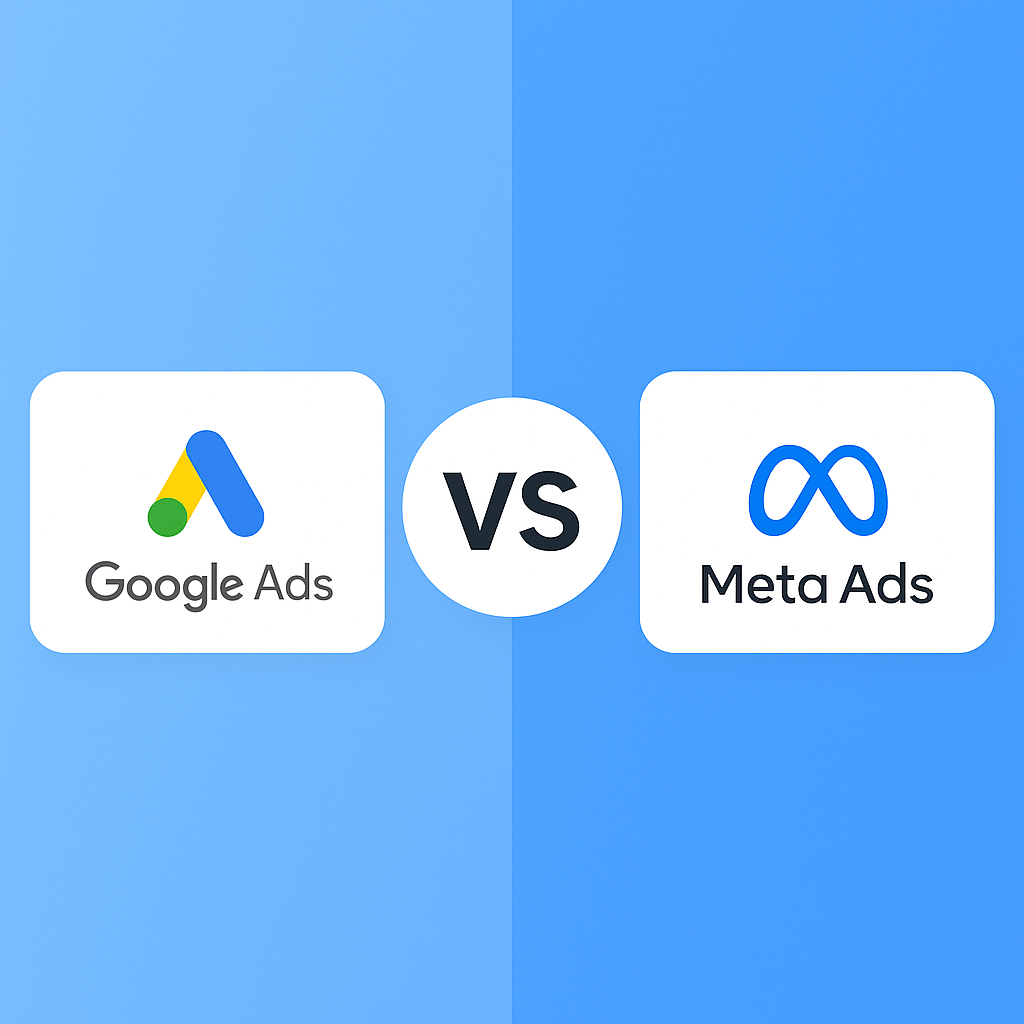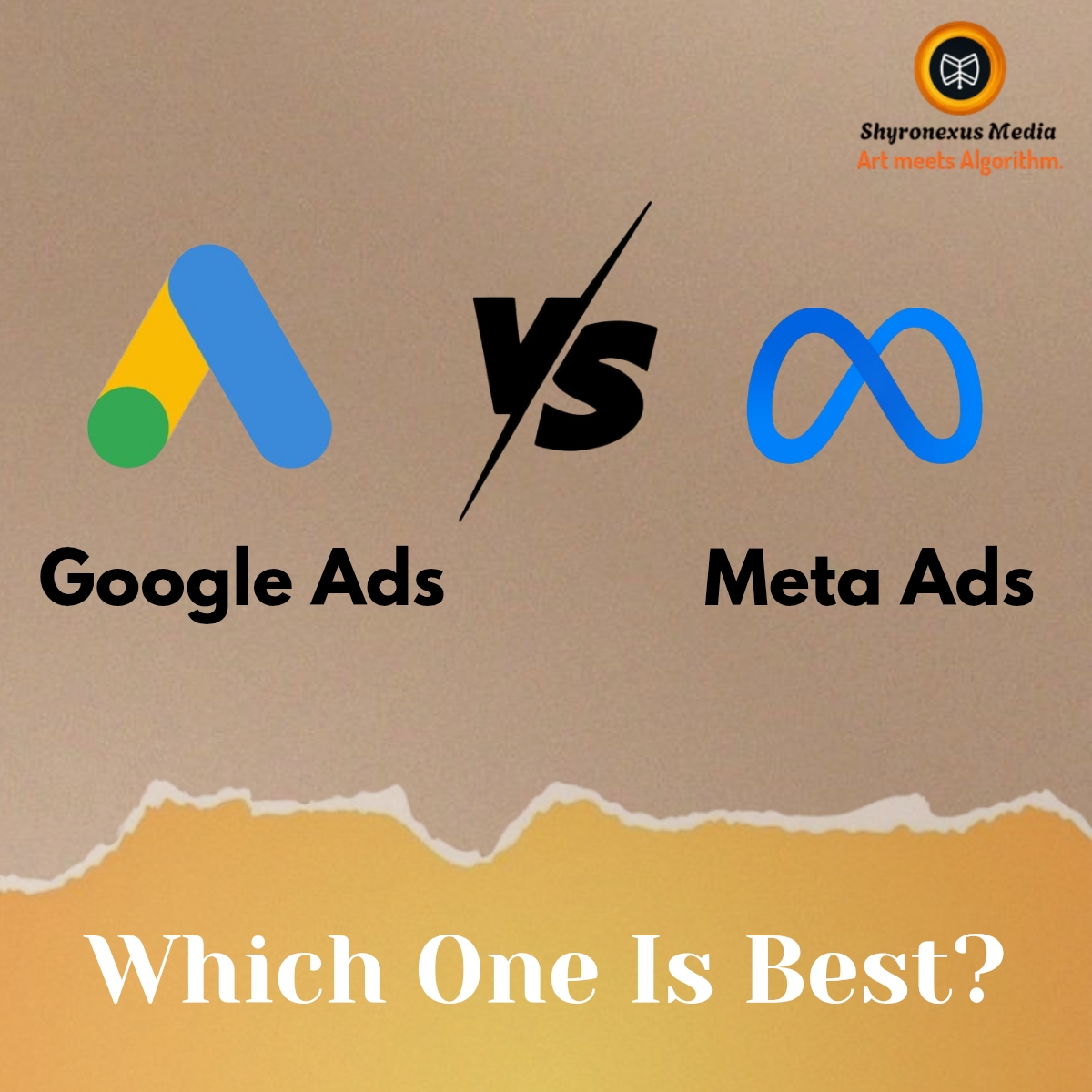What to Read Next

Social Media Presence

Digital Marketing Guide

Seo Tactics

Digital Marketing Strategy

Google Ads Vs Meta Ads
Google Ads vs Meta Ads: Which is Better for Your Business?
What's the difference between Google Ads and Meta Ads, and which one is better for your business? If you've ever asked yourself this, you're not alone. With so many digital advertising platforms out there, choosing the right one can be overwhelming – especially if you're trying to get the most out of your marketing budget. In this blog, we'll compare Google Ads and Meta Ads in detail – covering how they work, their pros and cons, and which one might be the smarter choice depending on your goals. Whether you want to increase website traffic, generate leads, or boost brand visibility, this guide will help you make a confident, informed decision.
Table of Contents
1. What are Google Ads
2. What are Meta Ads
3. Key Differences Between Google Ads and Meta Ads
4. Pros and Cons of Google Ads
5. Pros and Cons of Meta Ads
6. Which Platform is Better for Your Business?
7. Key Takeaways
8. FAQs
9. Conclusion

What are Google Ads?
Google Ads is Google's online advertising platform that allows businesses to show ads across Google Search, YouTube, Google Display Network, and more. It’s highly effective for intent-based marketing, meaning it shows ads to users who are actively searching for specific products or services.
Popular formats:
- Search Ads (text ads shown in Google search results)
- Display Ads (image/video ads shown across Google partner websites)
- Video Ads (mainly on YouTube)
- Shopping Ads (for e-commerce)
- Keyword-based targeting is its major strength.
What are Meta Ads?
Meta Ads (formerly Facebook Ads) are shown across Facebook, Instagram, Messenger, and Audience Network. They excel at interest-based targeting and brand storytelling, helping you reach users based on their behaviors, interests, and demographics – even if they're not actively searching for your product.
Popular formats:
- Image and video ads
- Carousel Ads
- Reels Ads
- Story Ads
Key Differences Between Google Ads and Meta Ads
| Feature/Factor | Google Ads | Meta Ads |
|---|---|---|
| User Intent | High intent - users actively search for products | Low intent - users discover ads while browsing |
| Targeting Method | Keyword-based | intent-based |
| Ad Formats | Search, Display, YouTube, Shopping | Image, video, stories, reels, carousels |
| Visual Focus | Less visual in search ads | Highly visual, ideal for brand storytelling |
| Cost-Per-Click | Generally higher (₹10-₹60 avg) | Typically lower (₹3-₹20 avg) |
| Best For | Lead generation, e-commerce sales | Brand awareness, engagement, product discovery |
| Business Fit | B2B, high-ticket, service-based businesses | B2C, lifestyle, fashion, beauty, wellness brands |
Pros and Cons of Google Ads
Pros:
- Reaches users with clear purchase intent
- High ROI for targeted search queries
- Flexible ad formats across platforms (Search, YouTube, Display)
- Can be expensive depending on keyword competition
- Requires ongoing optimization
- Less visual (in Search format)
Pros and Cons of Meta Ads
Pros:- Highly visual and engaging
- Cost-effective for broad reach
- Exceptional audience segmentation
- Ideal for brand awareness and storytelling
- Users aren't actively searching for products
- Requires strong creatives
- Ad fatigue can occur quickly
Which Platform is Better for Your Business?
It depends on your goals:
If your business relies on capturing search demand, like legal services, repair shops, or high-intent purchases – Google Ads will likely offer better ROI. If your business benefits from visual storytelling, like fashion, lifestyle, or entertainment – Meta Ads are perfect for brand building. For e-commerce, a hybrid approach often works best – using Google Shopping Ads for immediate buyers and Meta Ads for discovery and retargeting.
Key Takeaways
i. Platform Strengths Vary
Google Ads is best for capturing high-intent searches (e.g., “buy running shoes online”), while Meta Ads (Facebook + Instagram) excel at discovery-based targeting, where people aren't searching but can be influenced.
ii. Audience Targeting
Meta Ads offer powerful interest-based and behavior-driven targeting, while Google Ads uses keyword intent and search history to reach potential buyers.
iii. Visual vs Text Ads
Meta Ads are highly visual, perfect for fashion, lifestyle, and protect brands. Google Ads are more text-driven in Search, though Display and YouTube Ads add visual formats.
iv. Cost Efficiency
Meta Ads typically have lower CPC (cost-per-click), especially in B2C markets. Google Ads can be more expensive, but they often result in higher conversion intent.
v. Campaign Goals
Choose Meta Ads for brand awareness, community growth, and engagement. Choose Google Ads for lead generation, sales, and targeting users ready to act.
vi. Combined Strategy is Powerful
Using both platforms together often gives the best results. Start with Meta Ads to generate interest, and retarget or close the sale with Google Ads.
FAQS
Q1. Are Google Ads or Meta Ads more expensive?
Ans. Google Ads typically have a higher CPC due to search competition, but they often lead to higher-converting traffic. Meta Ads are more cost-effective for impressions and brand awareness.Q2. Which is better for e-commerce: Google or Meta?
Ans. A combination works best. Google Shopping Ads can drive high-intent sales, while Meta Ads are great for discovery and retargeting.Q3. Can I run both Google and Meta Ads together?
Ans. Yes! Running both can maximize your reach. Use Google Ads for active searches and Meta Ads for storytelling and targeting.Q4. How do I decide which platform is right for my budget?
Ans. Start small on both, test creatives, track performance, and scale what works. Google might need a slightly higher budget initially due to CPCs.Q5. Which platform gives faster results?
Ans. Google Ads can drive quicker traffic due to intent, but Meta Ads build stronger brand relationships over time.Conclusion
Choosing between Google Ads and Meta Ads isn't a one-size-fits-all decision. It all comes down to understanding your target audience and where they are in their buying journey. While Google Ads lets you show up when people are searching, Meta Ads help you reach people before they even know they need you. Want the best of both worlds? Use both strategically – Google for capturing demand and Meta for creating it.
Advertisement
Advertisement
Advertisement
Advertisement
Advertisement

